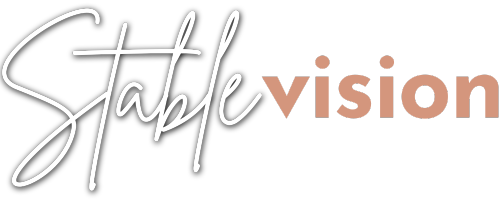Riding the Wave: Will the U.S. Equestrian Industry Seize Its Moment or Let It Pass?
The U.S. equestrian industry isn’t the tiny niche that Wall Street and the public like to make us believe. With a 2023 value-added economic impact of $177 billion and support for over 2.2 million jobs, this sector is as vital to American culture as it is to its economy. But as new doors open, an important question lingers: Are we, as an industry, ready to step up to the challenge or will we let it pass us by?
From rising participation to cutting-edge technology, the growth factors are undeniable. Yet alongside these opportunities come responsibilities, foremost among them the welfare of our equine partners and the need for stronger leadership from organizations like USEF to protect the integrity and future of our sport.
1. Increased Participation and the Allure of Leisure
Horseback riding is no longer just the domain of professional athletes. It’s capturing the imagination of youth, adult amateurs, and wellness-minded participants. The nationwide trend toward outdoor recreation and mindfulness has positioned riding as both a sport and a therapeutic experience.
But with this growth comes a responsibility: ensuring that every new rider enters an environment where animal welfare is not an afterthought but the foundation. Governing bodies, trainers, and barn owners alike must be ready to prioritize and uphold the standards that protect our horses.
2. Rising number of Households without Children
As more households prioritize freedom around finances and time over starting a family we are seeing a surge in the investment of horses, competitive sports and leisure riding. Middle- and upper-income groups, in particular, are fueling demand for horses, lessons, and equestrian experiences.
But opportunity without structure is fragile. The industry needs stronger, more transparent leadership from governing bodies like USEF to ensure that accessibility, fairness, and horse welfare grow in tandem with market demand.
3. The Digital & E-Commerce Boom
Social media, influencer marketing, and online retail have made the equestrian lifestyle more visible and accessible than ever. From sustainable tack to American-made apparel, consumer demand is driving innovation in retail products and services.
Yet, in this connected era, our audience sees everything - including when we fall short. If we fail to modernize our standards, address welfare concerns, or meet the expectations of younger, more socially conscious riders, we risk losing both trust and momentum.
4. Technology Adoption in the Barn and Beyond
Innovations such as wearables for horse health, barn management software, and virtual training clinics are streamlining operations and improving equine care. These tools have the opportunity for professionals and amateurs alike to maximize performance and efficiency while also promoting transparency in horse health and management. It is time we embrace innovation and use it to build the equestrian future we desire.
5. Deep Economic and Social Impact
Beyond the numbers, the industry strengthens rural economies and fosters community engagement. With 80 million acres dedicated to horse activities, the equestrian sector is both a cultural cornerstone and a key player in land stewardship.
But the impact we have on our communities is also measured by the care we show our horses and the integrity we uphold in competition. Growth without ethics is not true progress.
Opportunities We Can’t Afford to Miss
The future is rich with potential:
Expanded services such as adult beginner programs, equine wellness clinics, online courses, gig services
Flexible ownership models like leasing, co-ownership, and crowdsourcing
Sustainability trends driving eco-friendly products and technology innovation
Diversity and youth engagement to ensure generational continuity
Land preservation advocacy to protect vital open spaces
But these opportunities mean little if we don’t address the challenges that stand in our way: rising costs, skilled labor shortages, accessibility barriers, and the sometimes slow, opaque decision-making of our governing bodies.
The Challenge Before Us
We stand at an inflection point. The U.S. equestrian industry can either capitalize on this convergence of growth factors - expanding participation, leveraging technology, and strengthening our economic footprint or we can stall, weighed down by outdated systems, inaccessible pathways, and a failure to put horse welfare at the center of every decision.
The choice is ours. Will we lead, innovate, and protect - or will we watch the opportunity pass by from the comfort of the golf cart?
my Final Word
The U.S. equestrian industry has all the ingredients for sustainable, ethical, and impactful growth. But this will only happen if we embrace innovation, demand more from our governing bodies, and commit to the well-being of the horses who make it all possible.
Because in this arena, the race isn’t won by simply crossing the finish line - it’s won by those who are willing to ride with vision, integrity, and courage. Will we seize this moment or let It pass?

